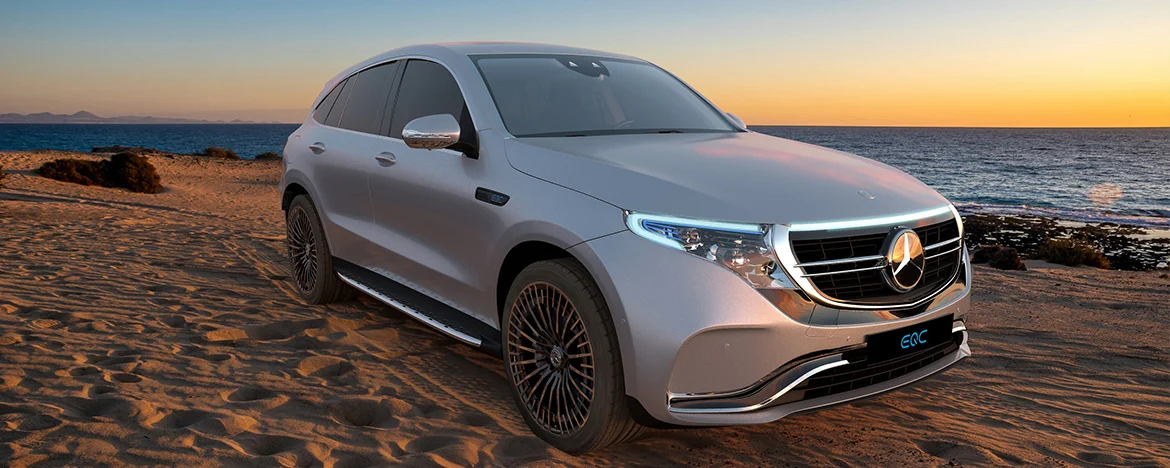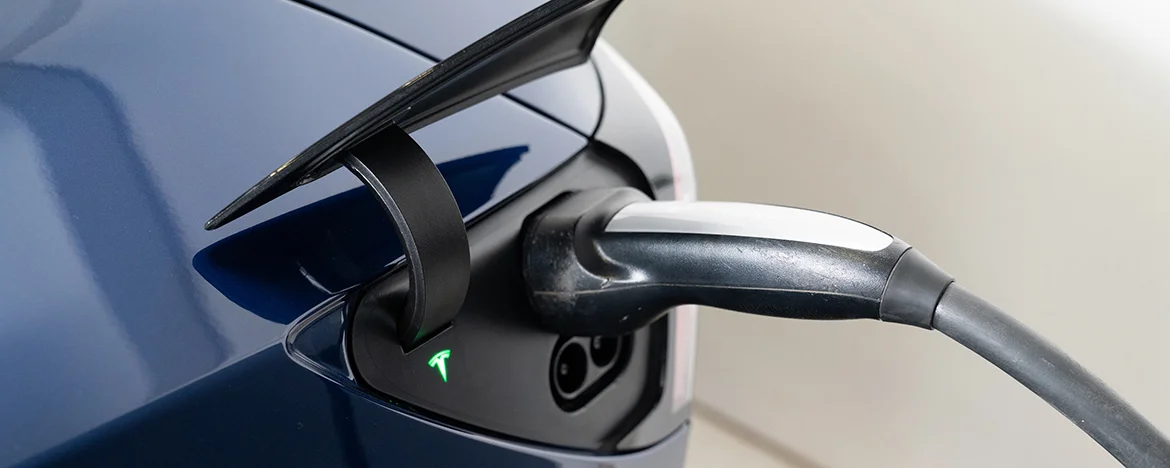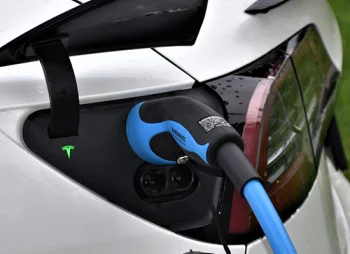The Future of Electric Car Technology
Better-ranged batteries with faster charging
Although the range of electric vehicles is improving, something that will break the range anxiety taboo altogether is the introduction of better-ranged batteries with faster charging, something Tesla owner Elon Musk has set his mind to creating. The Verge announces that not only will these so-called ‘tabless’ batteries improve both range and charging time (an essential development for EVs), but “Elon Musk predicts will help dramatically reduce costs and allow the company to eventually sell electric vehicles for the same price as gasoline-powered ones.”
Creating a stronger charging infrastructure in the UK
Aside from the creation and distribution of new batteries, another way to eliminate range anxiety and make EVs more accessible to all is by creating a stronger charging infrastructure around the UK. Although there has been a dramatic increase in the amount of charging points around the UK since 2015, this infrastructure still pails in comparison to that of petrol stations. International Law Firm Ashurst explains: “The issue is described as the chicken or egg conundrum: the case for investing in charging infrastructure relies heavily on the level of EV uptake, and EV uptake is dependent on the prevalence of charging infrastructure.”
But a new consultation paper released by the UK Government in March 2020 “pledged £2.5 billion of grants and funding for charging infrastructure at homes, residential streets and workplaces and across the wider road network.” A promising step, and one that seems to be making good on already, as Ashurst describe: “More recently, as part of the UK Government's "Ten Point Plan for a Green Industrial Revolution" announced in November 2020, a £2.8 billion support package commits £1.3 billion to accelerating the rollout of charging infrastructure in homes and on streets and motorways.”
Wireless charging possibilities
Another advancement that has the potential to take-off is that of wireless charging. Currently, electric cars have to be plugged into a charging station to fuel up but, imagine if all you had to do was park your vehicle up in the right place for it to charge up? Not only would that make EV charging much easier but compared to fuelling a car with petrol or diesel it would be a walk in the park.
And this future isn’t as far away as you may think. In 2020, “the city of Nottingham has won a £3.4 million government grant to trial wireless car charging for its taxis” Car Magazine reports. The technology is there and ready to go, and, if it proves fruitful, we are sure that wireless charging is likely to be something that improves the popularity of EVs ten-fold.
More accessibility with models and car types
Something else we are seeing more of every year, that is bound to accelerate in the future, is just how accessible electric cars are. Just 10 years ago if you were looking for an EV, you wouldn’t have had a large range of options, but today, whether you want something that’ll stand out from the crowd or you are just looking for something to do the school run in, there is a model for you. You are just as likely to find electric vehicles in Ford leasing options as you are in more traditionally electric manufacturers. It just goes to show that you don’t need to adapt to the electric market, it is adapting to suit you.
Interested in trying an electric vehicle for yourself? Use our electric car lease comparison to find the perfect model for you.





